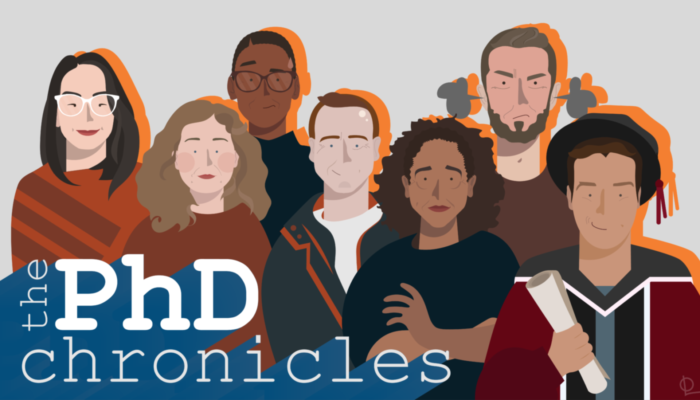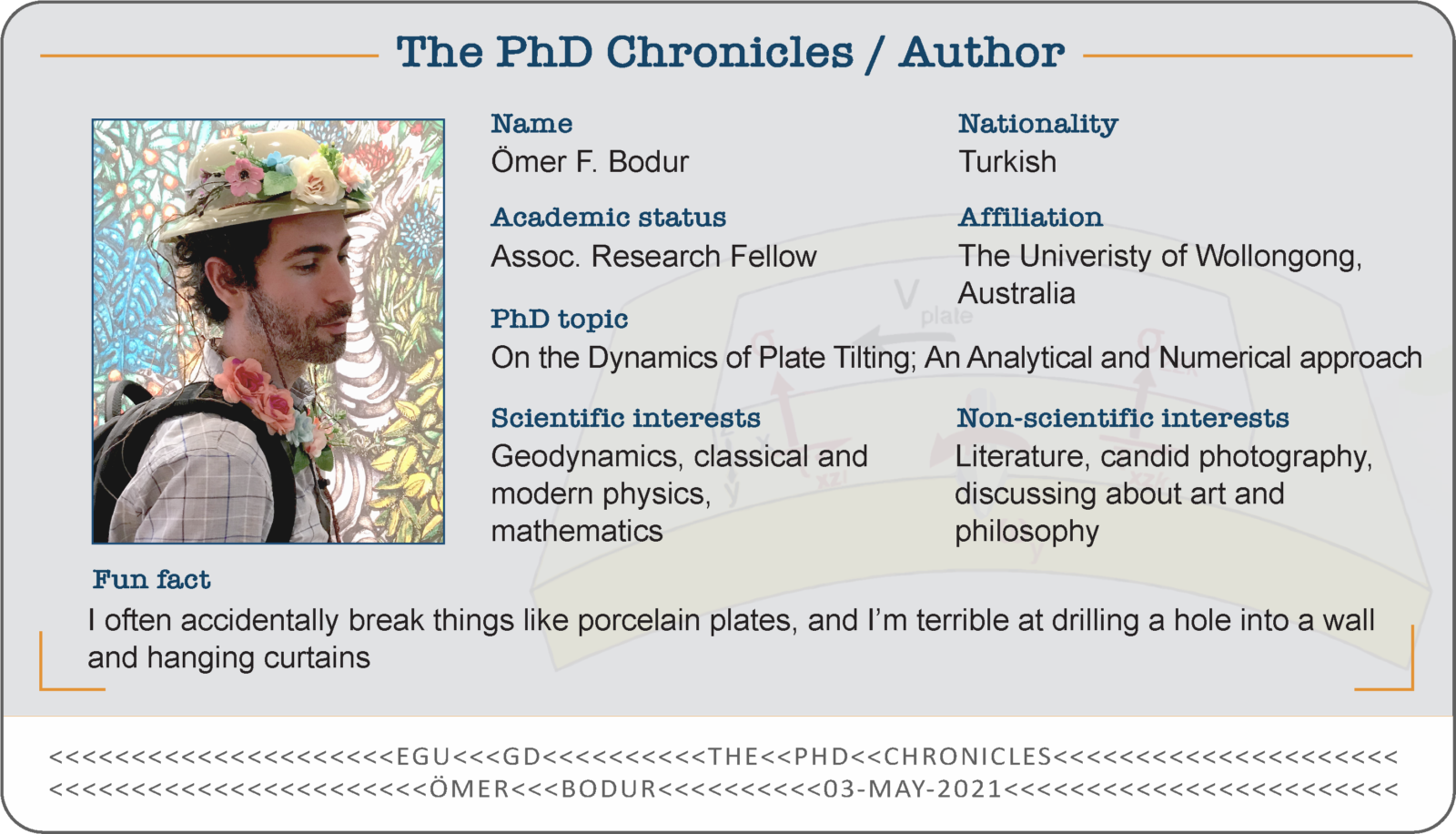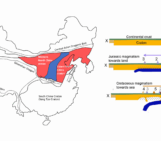
PhD students’ struggles are alike; each succeed in their own way[1]
It was a Friday morning, and nearly 3 years had passed since I arrived at Sydney. This meant, I only had one month left to submit my thesis! No sooner had I entered my office than a feeling of anxiety had found me. I had no time to dig deep into my own thoughts to discover what was happening, although it was obvious. Instead, I reasoned my messy desk was to blame. I organised my workspace, cleaned every inch of my desk, washed my cup, filled it with hot water, and sat down on my chair. My gaze went remote looking towards the lancet windows of the gothic Madsen building[2] and I started thinking about the previous years in Sydney. The excitement I felt during the early days of my PhD came back to me. Nearly nothing mattered as much as coming up with an original idea on why expanses of land had subsided unusually fast about 43 million years ago in Australia and caused massive flooding along the southern margin of the continent.
For three years, I had been sitting in front of a computer screen and creating hundreds of geodynamic numerical models. Among those, even for the simplest set-ups, understanding the dynamics behind the modelling results was always a challenge. The numerical models I created had been consistently showing fast tilting of tectonic plates on the Earth’s surface when they speed up[3], in analogy to a speeding boat in the water. I was very excited about my models because the mechanism for this plate tilt was somewhat different, yet complementary to other known mechanisms that create mountains on the Earth. I showed my models to my friends on every occasion, and I had many Proustian moments at the time[4].
The smile on my face was gone right after a gentleman stepped in my research: Greg Houseman. His office happened to be a few steps away from mine. He got involved in my research, then shortly became my co-supervisor. Patrice (my advisor), Greg and I had joint discussions, and Greg had always been critical about how I interpreted the numerical models. My attempts to convince him didn’t seem to work. Yet, Patrice had excellently managed to motivate me to keep going and find ways of keeping Greg in the circle.
Christmas had arrived. The day right after, I picked up my laptop, a few A4’s, a pen, and went to the study room on the ground floor in my dormitory. Eager to convince Greg of my thoughts, I worked for a week on my research. In the new year on Jan 4th, 2019, I finished the first draft of a theory that I named Tilting Torque Theory (3T)[3]. It was an analytical model explaining why tectonic plates tilt as they move on the surface of the Earth. I shared it with Patrice and Greg, and it seemed that this major step forward was enough to have Greg’s consent, and must have made Patrice, the ‘man of Mars and Opals[5]’ proud. Yet, I needed to go one step further because my analysis, although it was very simple and powerful, was based on the assumption that plates are rigid. However, in reality, they behave like a viscous fluid on geological timescales (think of a honey).
Even for the simplest set-ups, understanding the dynamics behind the modelling results was always a challenge

A drawing made by a friend of mine during her visit to my office at The University of Wollongong. Used by permission of the artist.
On 22nd May 2019, Greg stopped by my office in the early morning: “Let’s recreate an analytical version of your numerical model”. This was very unexpected. A feeling of excitement had suddenly flooded my heart. I knew that to validate my numerical models and my simplified tilting torque theory, I had to go through the rigor of framing the problem in a tractable set of equations that consider the viscosity of the plates. This would allow me to determine the time aspect of the problem which was critical, as my theory didn’t allow me to sort that out because of the assumed rigidity of plates. “In my office?” he added. I nodded with a hard-to-hide smile that I rarely had in the several months prior. I went to his office, cleaned the whiteboard, and made everything ready for him to teach and for me to learn.
After a few days of working on the problem, we found that the results of the analytical model confirmed that tectonic plates can tilt unusually fast as they move on the surface of the Earth! Furthermore, the improved analytical model also explained some of the features we had failed in understanding in the numerical models. I was so delighted to see these connections and how numerical and analytical models could talk to each other. Thanks to the new results, it was time for me to put the final chapter of my thesis together and submit!
[1] Inspired by the first line of Anna Karenina by Leo Tolstoy. [2] I took the phrase from Antony Macris’ book: “When Horse Became Saw: A Family's Journey Through Autism.” [3] Bodur, Ömer F. “On the Dynamics of Plate Tilting: An Analytical and Numerical Approach.” [4] https://en.wikipedia.org/wiki/Involuntary_memory [5] https://www.earthbyte.org/media/Patrice_SMH_Mars_Opals_Nov2013.pdf
![]()
On each first Monday of the month, The PhD Chronicles blog series gives a special place for PhD researchers to share their successes, challenges, and failures. Would you like to share your story? Contact us here.
![]()







